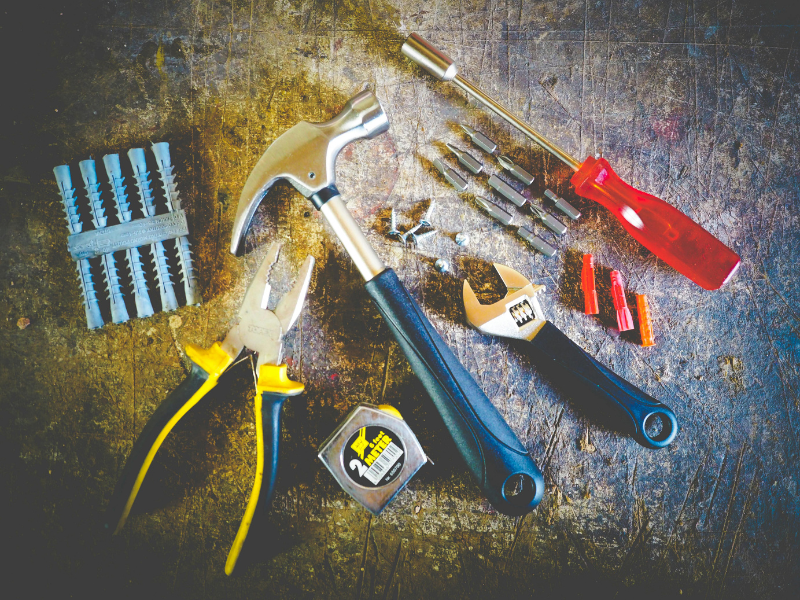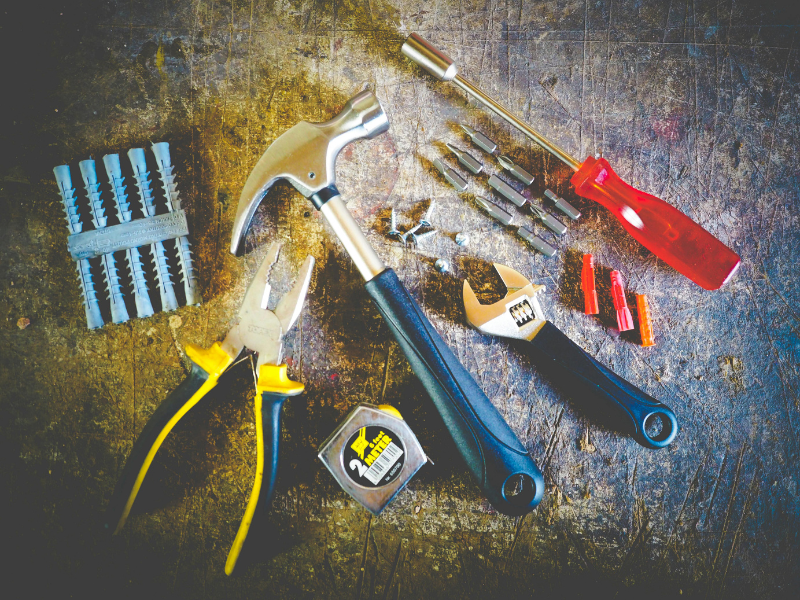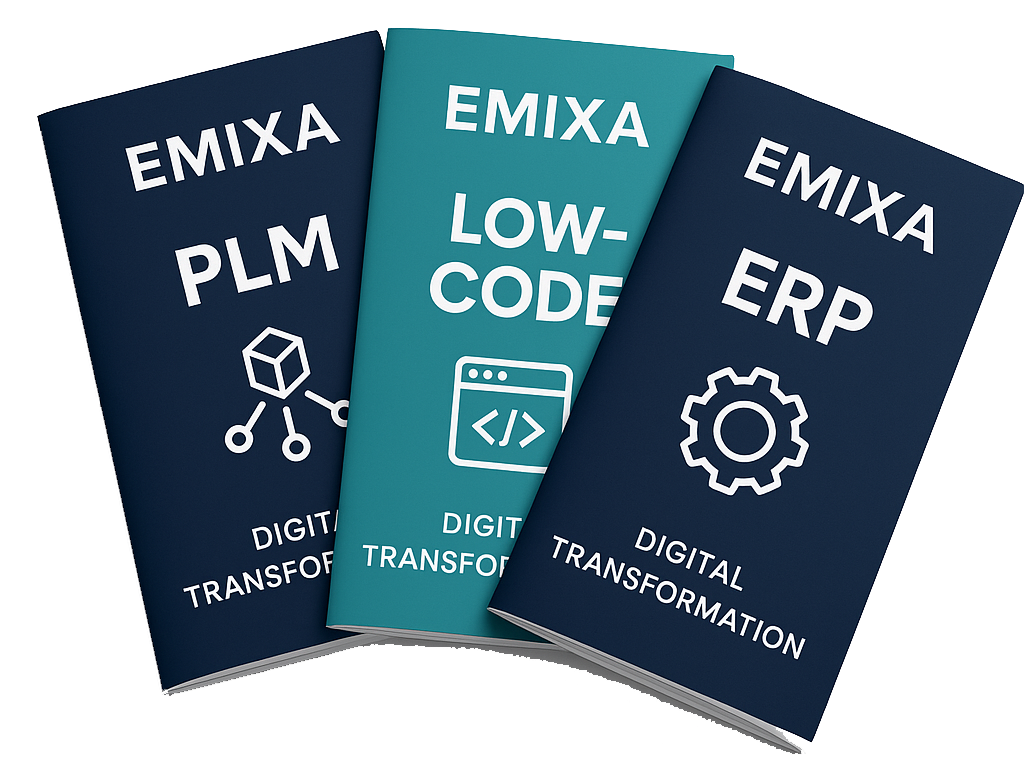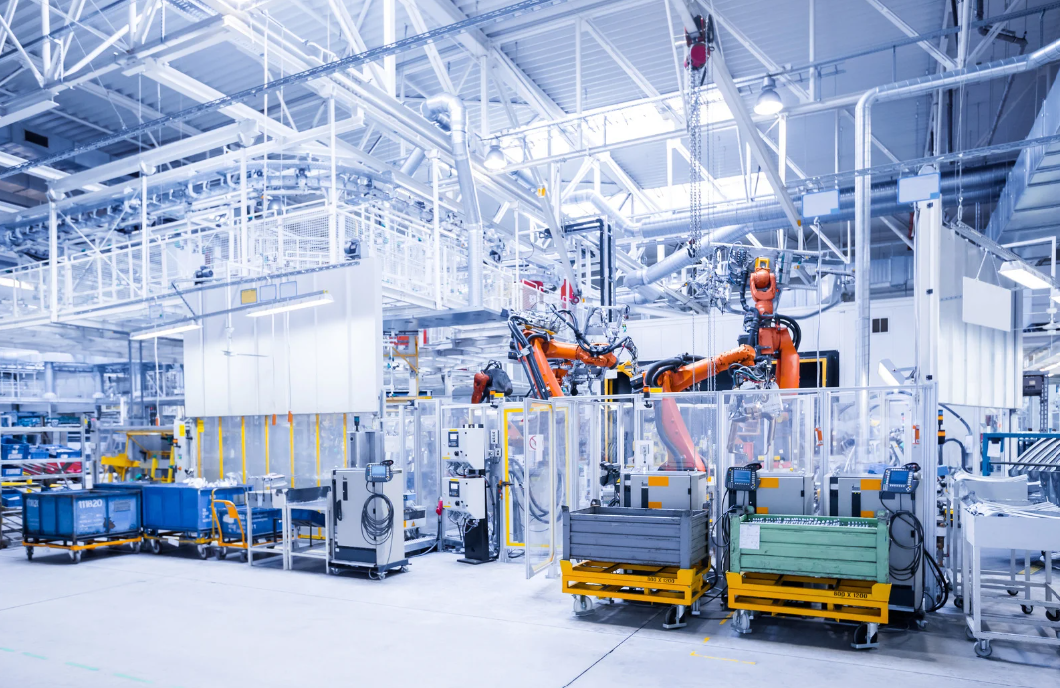
- IT
- IT Strategy
How Can Construction Companies Adopt New and Innovative Technologies?

Innovative technologies have the potential to help the construction and infrastructure sectors operate more safely, efficiently, and sustainably. For example, using data to predict infrastructure maintenance or employing 3D modelling to collaborate with real-time construction information. How can construction and infrastructure companies start leveraging these new technologies?
A Digital Journey
At Emixa, we view this as a journey—a Digital Journey. This tailored approach to digital transformation helps companies prioritise their efforts, making the adoption of innovations a reality. We always begin a Digital Journey with a comprehensive analysis of all company processes. Which processes should be standardised, differentiated, or innovative? This focus will help you create unique added value for your clients. Ready to begin?
Start with Standardisation
We always recommend first identifying the processes that have the potential to be standardised. Many of our clients in the construction industry are the result of a series of mergers and acquisitions. In these cases, business processes and IT systems are often not harmonised or standardised, even though this can be highly beneficial. This is particularly true for supporting processes, such as procurement, invoicing, and administration. These are typically not sources of competitive advantage or added value for your clients.
For these processes, a standard Software-as-a-Service (SaaS) ERP solution is ideal. Such solutions incorporate industry best practices, enabling you to adopt proven methods of working within your sector. Additionally, by choosing SaaS, you will benefit from regular system updates, ensuring your system remains future-proof. This approach saves valuable time and money compared to bespoke solutions, allowing your organisation to invest more in the processes that add the most value to your business.
Next Stop: Differentiation
The time and resources you save by implementing a standard solution for standard processes can now be redirected towards creating added value. Which processes can set you apart from the competition? This is what we call Business Differentiation. Consider Building Information Modelling (BIM), which allows you to create detailed digital models of projects to share with all stakeholders. This improves collaboration, reduces errors, and increases efficiency. BIM can also support the calculation process by instantly determining the required materials for a project. Overall, this could lead to faster delivery times and lower costs. BIM is not yet standard in the construction industry, which presents an opportunity for differentiation. Since BIM relies on uniform and clean data from standard processes, working on standardisation first makes a lot of sense.
Final Destination: Innovation
After standardisation and differentiation, you are ready for the final stop in the Digital Journey: innovation. What kinds of innovations are we referring to? Predictive modelling, for instance, helps construction companies anticipate building services and repairs, optimising material usage and staff planning. Another example is predicting profit margins by analysing past projects based on a set of project attributes. Emixa has developed this for one of our clients in the construction industry. In all these cases, uniform and clean data is essential. With the solid foundation built earlier in the journey, you can now achieve these innovations, securing a future-proof competitive edge. Fig. Rationale for adopting innovative technologies
Fig. Rationale for adopting innovative technologies
Conclusion
How can construction and infrastructure companies adopt new and innovative technologies? Addressing an outdated and complex IT landscape proves to be a crucial first step. By standardising processes and systems, you free up resources that allow you to invest in and focus on differentiation and innovation. Emixa supports your company in this journey. Are you interested in building a sustainable competitive edge for your company? We are happy to discuss this with you.
Author: Vincent Nieuwland
Published date: August 26, 2025

Explore our Technology. Access our downloads center.
Access NowStart your Digital Transformation with Emixa

We help businesses transform their digital future with cutting-edge technology and strategic products & services


